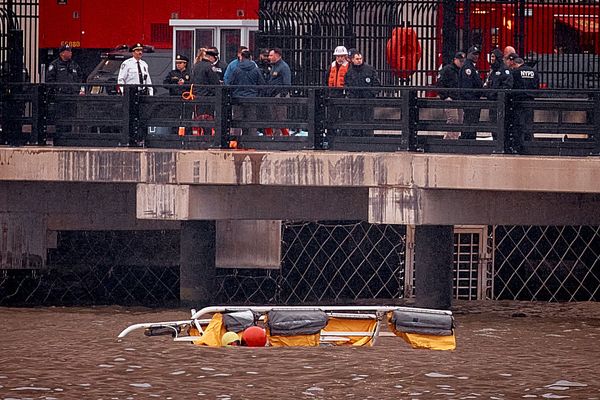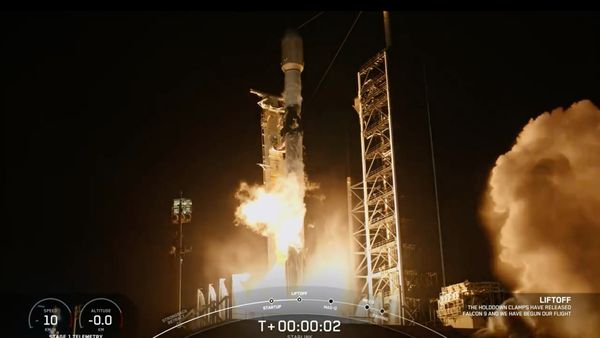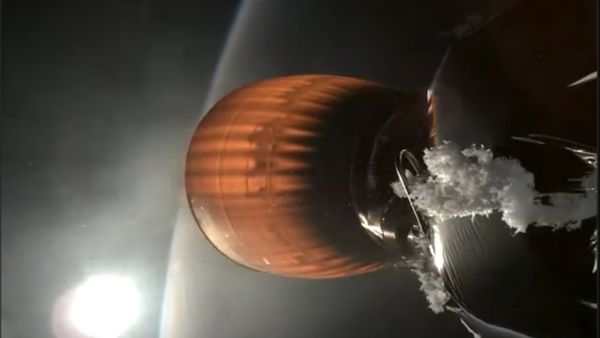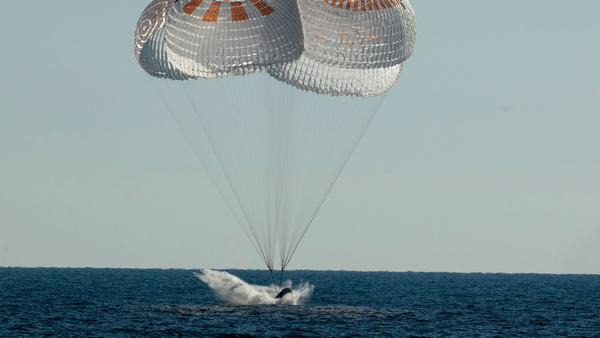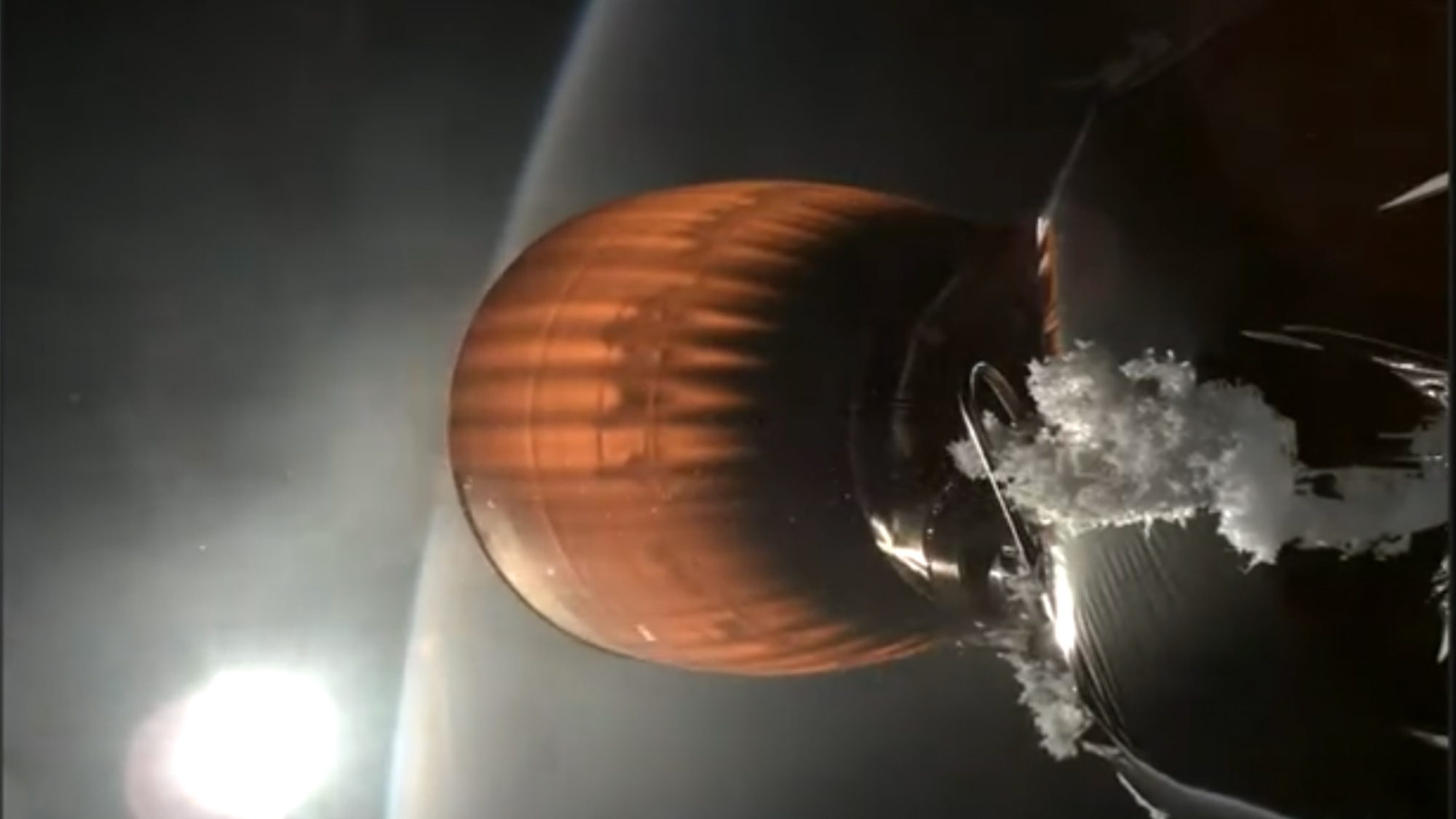
It's eerily quiet on the spaceflight front.
In the past two weeks, there has been just a single orbital launch — that of a Chinese Long March 4B rocket, which lofted the Gaofen-11 05 Earth-observation satellite on July 18.
The lull stems chiefly from the temporary grounding of SpaceX's Falcon 9 rocket, which suffered an anomaly on July 11 that led to the loss of its payload, 20 of the company's Starlink broadband satellites.
The failure seemed shocking, given the impressive track record of the Falcon 9: It's one of the most reliable and prolific launchers the world has ever known.
Before the July 11 incident, SpaceX had launched 68 Falcon 9 missions in 2024 already, all of them successful. It was the first in-flight failure for the rocket since June 2015, a stretch that featured more than 300 successful orbital liftoffs. (A Falcon 9 did explode on the pad in September 2016 during preflight testing, however, leading to the loss of its payload, the AMOS-6 communications satellite.)
But we shouldn't be terribly surprised that a Falcon 9 had a bad day; it was bound to happen at some point, according to astrophysicist and satellite tracker Jonathan McDowell.
"This is a very hard business, and you can't expect to never have failures," McDowell told Space.com. "This, I think, just reminds us — and it reminds the SpaceX team — that the price of success is eternal vigilance. And, even with that, you're going to occasionally have failures."
McDowell takes another lesson from the anomaly as well — a time-honored one about not putting all of your eggs in one basket.
"Falcon 9 is not invulnerable. And that really bolsters NASA's case for having multiple vendors," he said.
He was referring to the agency's support of two different private astronaut taxis — SpaceX's Crew Dragon capsule and Boeing's Starliner spacecraft. In 2014, NASA awarded multibillion-dollar contracts to both companies to finish developing these vehicles. Dragon has been flying agency astronauts to and from the International Space Station since May 2020, and Starliner launched on its first crewed test flight to the orbiting lab last month. (Dragon's rocket is the Falcon 9, and Starliner flies on United Launch Alliance's Atlas V at the moment.)
"It reminds other potential customers that it's in their interest for there to be multiple providers," McDowell said of the Falcon 9 failure. "Maybe they should give some launches to some of SpaceX's rivals, even if they're not the cheapest, just to maintain the alternative, if SpaceX has another downtime."
The current Falcon 9 downtime likely won't last much longer; McDowell said he'd be surprised if the rocket weren't flying again a week from now. Whenever the Falcon 9 gets its wings back, however, its controllers may have a bit more pep in their step.
"I wonder, too, what the exhaustion level is of the launch crews with this sustained push," McDowell said. "And so, maybe it's a good thing that they're getting a breather."

